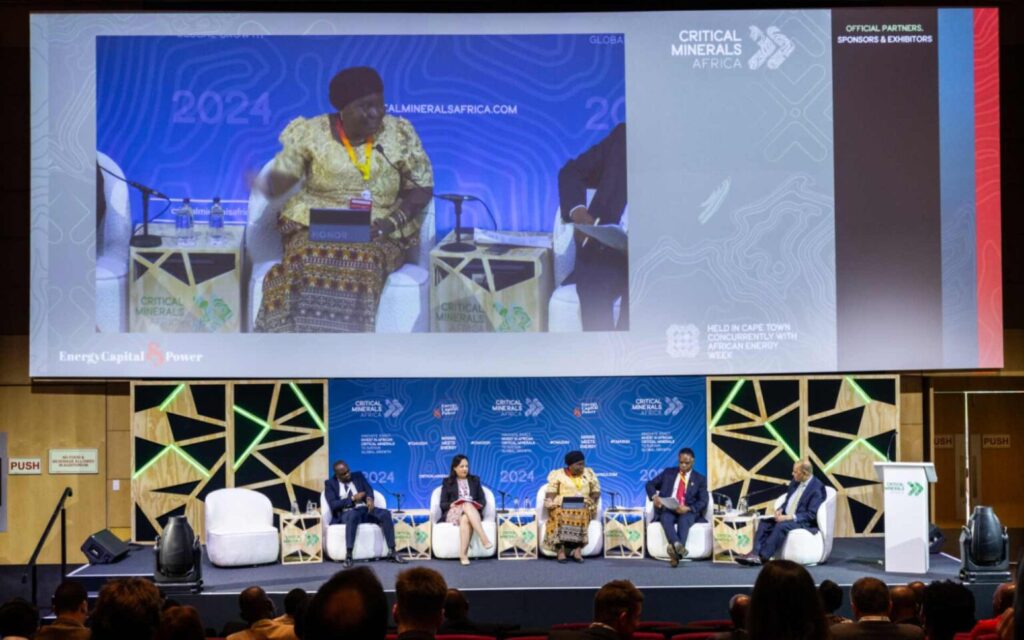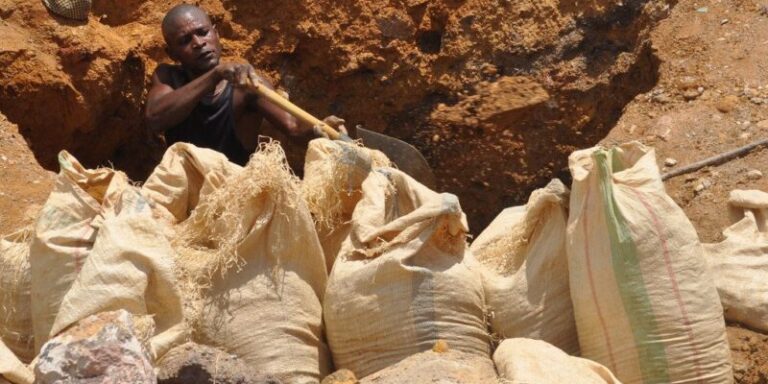
The second day of the Critical Minerals Africa (CMA) Summit opened with a Ministerial Forum, where mining ministers from Eswatini, Malawi, Argentina, and a representative from Tanzania presented strategies to advance their mining sectors and enhance regional collaboration.
HRH Prince Lonkhokhela, Eswatini’s Minister of Natural Resources and Energy, emphasized the role of mining as a driver of economic growth.
He announced that recent high-resolution aerial surveys reveal copper, nickel, and cobalt in Eswatini’s western region, alongside lithium and tantalum in the south.
Eswatini is developing a Critical Minerals Strategy in collaboration with the Commonwealth Group, expected to be completed by mid-next year.
The country is also updating its mining regulations to align with neighboring nations, fostering resource sharing and regional cooperation.
Monica Chang’anamuno, Malawi’s Minister of Mining, stressed the importance of Africa’s alignment with the global energy transition.
Malawi’s Agriculture, Tourism, and Mining Strategy prioritizes critical minerals as a key growth engine, with projects like the Kasongo rare earth project already employing 1,200 workers and plans to increase this to 10,000. Chang’anamuno also highlighted Malawi’s discovery of one of the world’s largest lithium deposits, in partnership with a Korean firm and Rio Tinto. Malawi plans to double its energy production to 1,000 MW by next year, with 232 MW dedicated to mining.
Maria Alejandra Vlek, representing Argentina, highlighted Argentina’s lithium potential, holding 22% of global resources and overseeing 180 critical mineral projects, including 50 lithium-focused initiatives.
The country is seeking investment and expertise from African mining nations to expand its mineral production.
Venace Mwasse, Director of Tanzania’s State Mining Corporation, noted Tanzania’s commitment to emissions reduction through responsible mineral production.
With only 16% of Tanzania’s land surveyed, the country aims to reach 50% by 2030 as part of its Vision 2030 Strategy.
Each representative emphasized a shared vision of sustainable development, investment attraction, and alignment with global energy needs, positioning their nations as key players in the critical minerals landscape.





